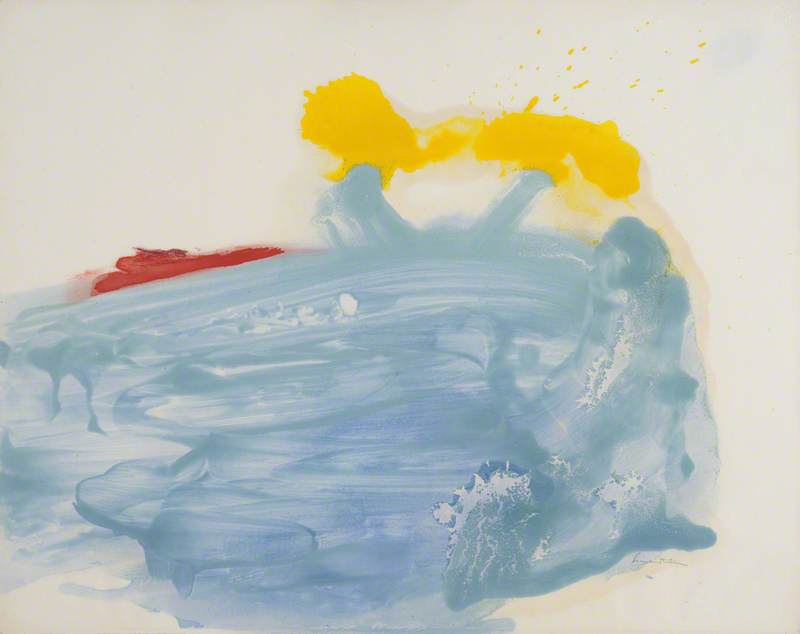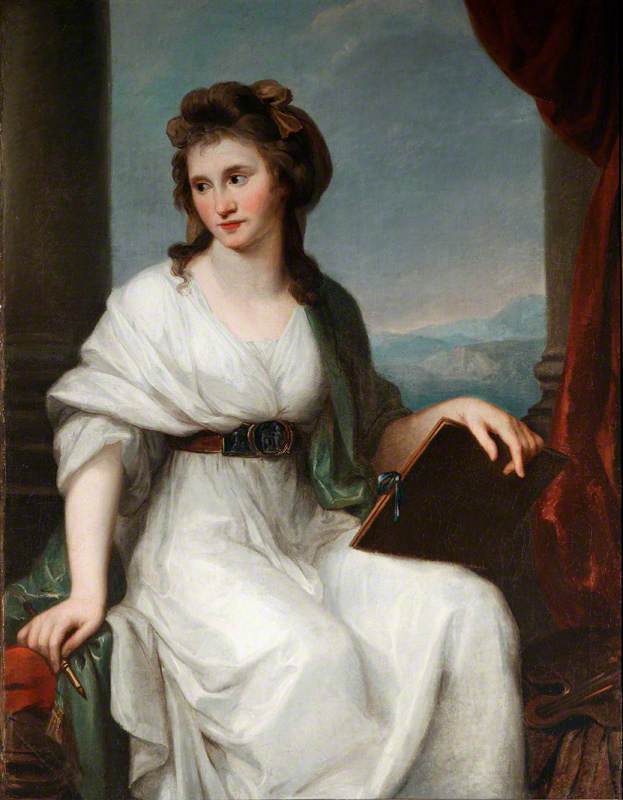About Helen Frankenthaler
Helen Frankenthaler (1928–2011) was born into a wealthy New York family who supported and nurtured her abilities and interest in art. She studied at art schools in New York and Vermont.
American abstract expressionist painter Helen Frankenthaler in her New York City studio, 1964 #womensart pic.twitter.com/aNzkMrxrJ2
— #WOMENSART (@womensart1) May 14, 2016
Two years after graduating from art school in 1948, Frankenthaler met the influential art critic Clement Greenberg in New York. He introduced her to several leading New York artists including Lee Krasner, Jackson Pollock, and Willem de Kooning who all painted in a gestural abstract style which had been labelled 'Abstract Expressionism'. She was inspired by their ideas and approach to painting but developed her own distinct style of pouring paint and allowing it to sink into and stain the canvas.
Landscapes and natural environments inspired Frakenthaler, but she didn't paint what they looked like, she painted how they made her feel. Her abstractions vary from airy, stained, pastel washes, to bold, gestural paintings with intense and contrasting primary colours. Her paintings celebrate the joys of pure colour.
Influence and legacy
Paintings by women are often overlooked in discussions about Abstract Expressionism. But Frankenthaler, along with Lee Krasner and Joan Mitchell were major players in the movement and contributed to the development of its style.
Frankenthaler's work was also a key influence on the development of the subsequent Colour Field Painting movement. Morris Louis and Kenneth Noland visited her studio in the 1950s and went on to develop their coloured canvases inspired by her pouring and staining technique.


















